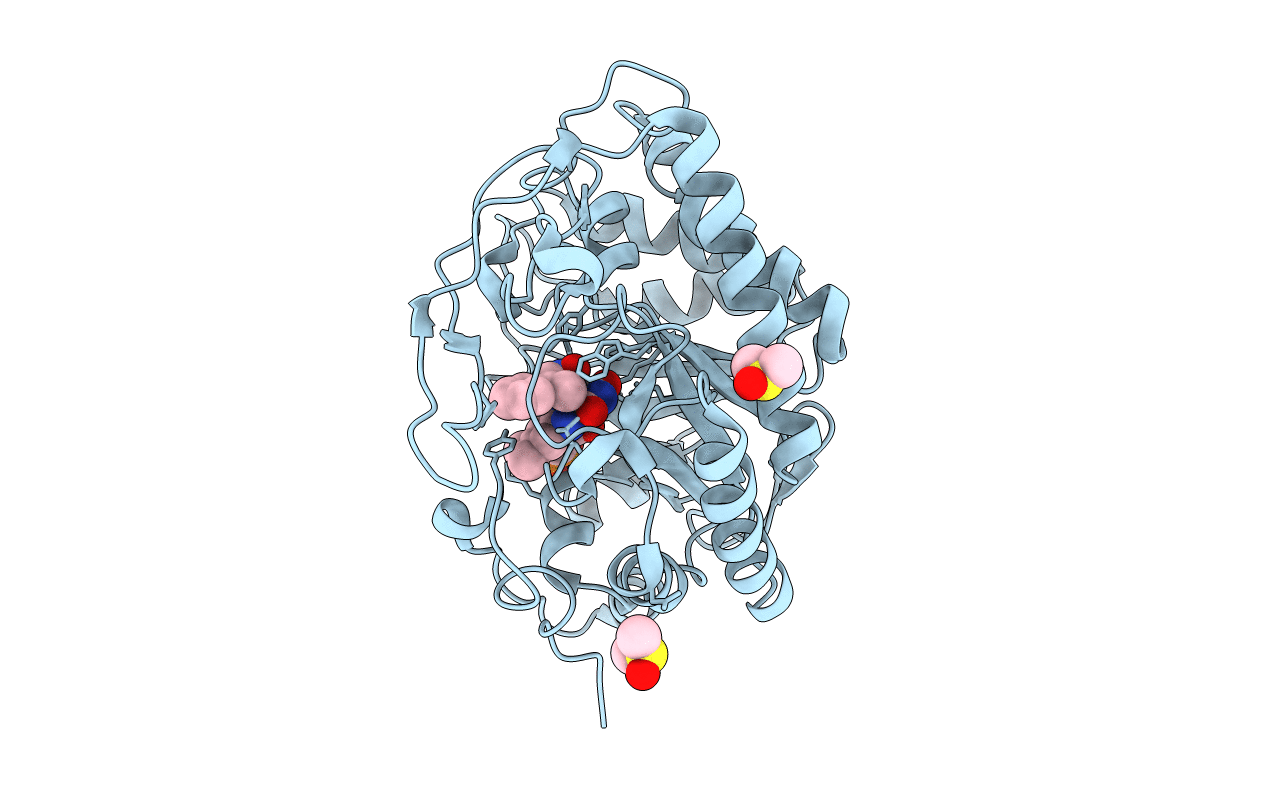
Deposition Date
2013-03-06
Release Date
2013-05-08
Last Version Date
2023-09-20
Entry Detail
PDB ID:
4JIQ
Keywords:
Title:
Crystal structure of glycerol trinitrate reductase NerA from Agrobacterium radiobacter in complex with 1-nitro-2-phenylpropene
Biological Source:
Source Organism:
Agrobacterium tumefaciens (Taxon ID: 358)
Host Organism:
Method Details:
Experimental Method:
Resolution:
2.49 Å
R-Value Free:
0.26
R-Value Work:
0.21
R-Value Observed:
0.21
Space Group:
P 21 21 21


